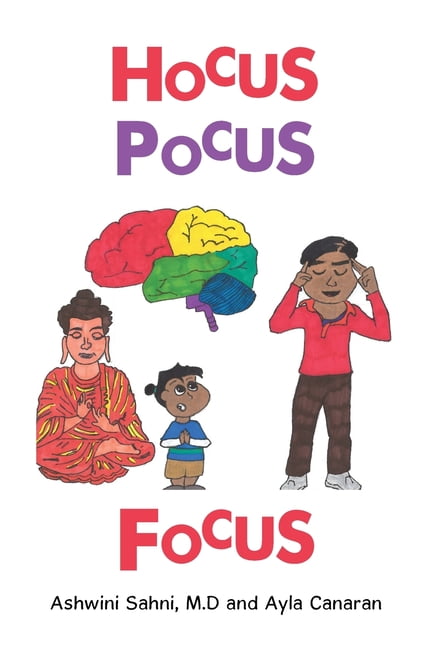

Here, all those interesting tidbits get to come out, and I loved reading them. It’s a great way to get out all that behind-the-scenes information that the author was probably just dying to share with us, but couldn’t elsewhere in the book because it didn’t fit right. This section breaks down its many pieces of trivia and anecdotes by what aspect of the movie it pertains to. None of this is really a distraction, however.Ī section that I really enjoyed was the 20 pages of “Bonus Material” following the afterword. The “about” sections for the writers of the foreword and afterword (which was done by screenwriter Mick Garris) are too long and unnecessary anyway, as are the couple pages of “notes” in the introduction, much of which is probably common knowledge by now.

Footnotes are fine and all–but it’s pretty much a guarantee that I won’t bother reading them if they are at the end of the book instead of at the bottom of the pages.

There are a couple of sections of the book that are either misplaced or not needed at all. Maybe it is seeing him believe again, and seeing him reconnect with his little sister Dani, that gives us the warm-fuzzies about Hocus Pocus the same way we do about every adaptation of A Christmas Carol. The core theme of many of those films is that of a character who has lost his or her faith in the holiday–Max Dennison is going through a similar crisis of faith about Halloween. One observation that I really took something from is the idea that Hocus Pocus is sort of like a Christmas movie in disguise. It’s cool to know that Winifred Sanderson is still her favorite role that she’s ever played. The connections he makes are not really far-fetched at all when looking at Hocus Pocus‘s focus on virginity whether it qualifies as a horror film or not or its feminist qualities in relation to the portrayal of the witches. I loved the in-depth look at the movie’s iconic musical sequences, where I learned so much more about Bette Midler and gained greater appreciation for her performance. Wallace does so in a tone that matches the lightheartedness of the movie itself–sometimes quoting or referencing lines of dialogue in his sentences–while still approaching the subject from a scholarly standpoint.


 0 kommentar(er)
0 kommentar(er)
